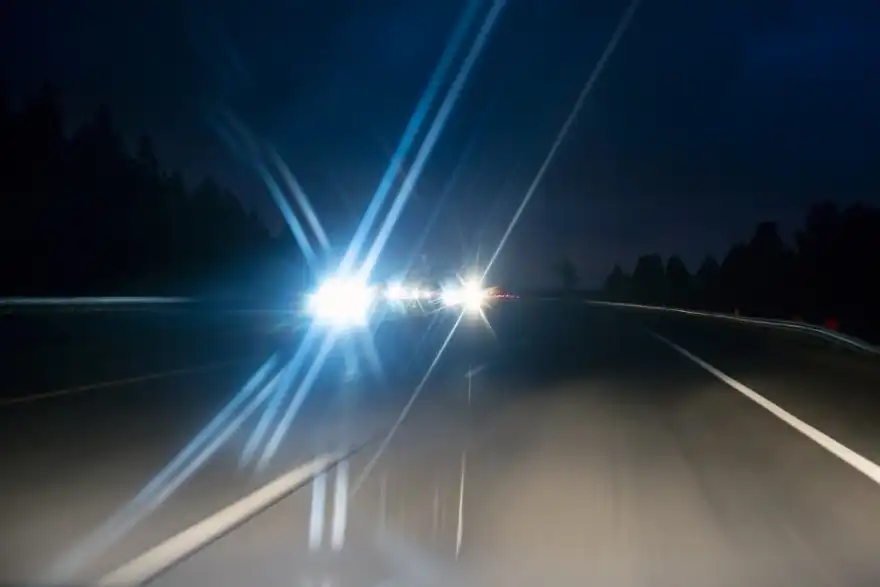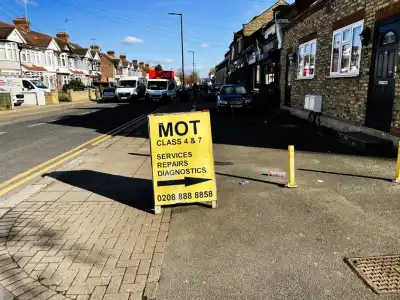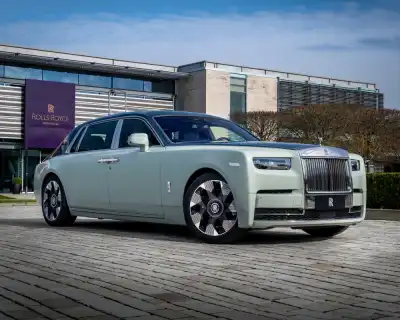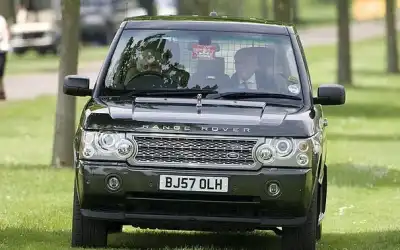
Drivers across the UK say they’re being “blinded” by overly bright headlights at night - and now the government is finally stepping in.
Concerns over glare from powerful LED lights have led to a new review into car and headlamp design, as complaints continue to rise. The Department for Transport (DfT) confirmed that new research and safety measures will be included in its upcoming Road Safety Strategy, aimed at tackling what many describe as a growing safety issue.
Drivers struggling to see at night
LED headlights - now standard on most new cars - are whiter, sharper and far brighter than older halogen lamps. While they help drivers see further ahead, the glare can temporarily blind oncoming motorists.
Ruth Goldsworthy and Sally Burt, who regularly drive to their local choir in Hampshire, say night driving has become increasingly difficult.
“Some of the lights are so bright you’re blinded for seconds,” says Ruth. “I end up looking down at the gutter instead of the road,” adds Sally.
Experts warn that older drivers are hit hardest. Eyes can take up to nine seconds to recover from glare, compared to just one second for younger people, according to road safety consultant Rob Heard.
Growing anxiety among drivers
An RAC survey found over a third of drivers now feel nervous about driving after dark, while three-quarters say headlights are getting brighter and more distracting.
RAC policy officer Rod Dennis says little progress has been made since the current headlamp rules were introduced back in 1989.
“Glare has become a major frustration for many drivers, yet regulation hasn’t kept up with modern lighting technology.”
Government response and next steps
The DfT says the findings from its latest research into the “causes and impact of glare” will be published in the coming weeks. These will shape new proposals not just for lighting, but also for drink-driving laws and eye-sight checks for older motorists.
The government is also funding further studies into how vehicle design contributes to glare, including the role of SUV height, headlight positioning, and adaptive lighting systems.
To crack down on illegal modifications, the Driver and Vehicle Standards Agency (DVSA) has increased checks on the sale of retrofit LED bulbs, which can fail MOTs if fitted incorrectly.
Why glare happens
Thomas Broberg, senior safety adviser at Volvo, says most issues come from poor headlight alignment rather than LEDs themselves.
“For larger cars and SUVs, the lights sit higher and must be angled downwards to avoid dazzling others,” he explains.
Modern cars with adaptive headlights can automatically adjust to changes in load or dip their beams when another car approaches - though not all systems respond quickly enough.
How to reduce glare while driving
According to the College of Optometrists, drivers can reduce headlight glare by:
- Keeping their windscreen and glasses clean
- Avoiding direct eye contact with oncoming lights and focusing on the road edge
- Avoiding “night driving” sunglasses, which reduce visibility instead of glare
The bigger picture
While dazzling headlights contribute to around 250 accidents a year, the RAC says there’s no evidence that modern lights are directly causing more crashes. Instead, many drivers are choosing not to drive at night at all, limiting social activity and independence - particularly for older people.
“We don’t want to go back to dimmer headlights,” Dennis adds. “It’s about finding the right balance - bright enough to see safely, without blinding others.”




